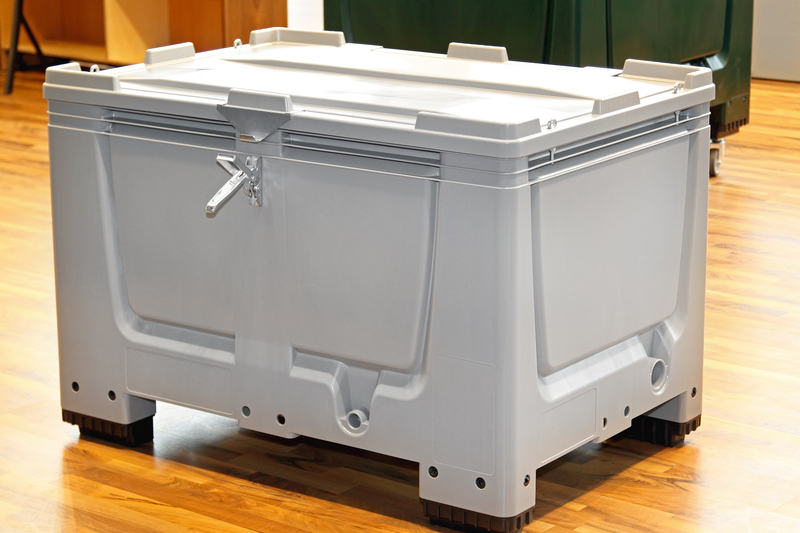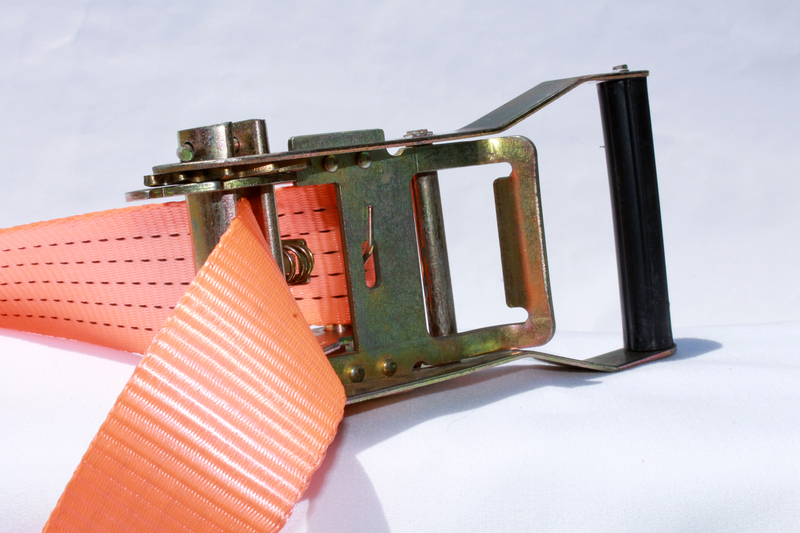DIY Furniture Repurposing Tips
Posted on 22/01/2025
Repurposing furniture is a fantastic way to breathe new life into old pieces and give your home a unique and personal touch. It's also a sustainable option, reducing waste and often saving money. Whether you're a seasoned DIY enthusiast or new to the world of furniture repurposing, these tips will help you create beautiful and functional pieces. Let's dive into the art of transforming old furniture into something fresh and stylish.
Assessing Your Furniture
Before you begin any repurposing project, it's crucial to assess your furniture. Analyze its structure, condition, and potential. Look for sturdy pieces with good bones, as they will be easier to transform and more durable in the long run. Check for any major damage or structural issues that might be costly or difficult to fix.

Gathering Essential Tools
The right tools can make all the difference in a DIY project. Here are some essential tools you'll need for furniture repurposing:
- Screwdrivers (flathead and Phillips)
- Hammer and nails
- Sandpaper and sanding blocks
- Paint brushes and rollers
- Measuring tape and level
- Wood glue and clamps
- Protective gear (gloves, goggles, mask)
Cleaning and Prepping
Choosing the Right Finish
- Paint: Great for adding color and hiding imperfections. Chalk paint is popular for a rustic, shabby chic look.
- Stain: Enhances the natural beauty of the wood grain. Perfect for a more traditional or rustic finish.
- Varnish: Adds a protective layer and can give a shiny finish. Best for pieces that will experience a lot of wear and tear.
Adding Functional Features
- Turn a dresser into a bathroom vanity by adding a sink and plumbing.
- Convert an old door into a unique table or headboard.
- Use an old ladder as a bookshelf or towel rack.
- Transform a pallet into a coffee table or garden bench.
Creative Decorative Touches
- Add new hardware like knobs and handles for a fresh look.
- Use stencils or decals to add patterns and designs.
- Apply wallpaper or fabric to the back of shelves for a splash of color.
- Incorporate upholstery for added comfort and style.
Pros and Cons of DIY Furniture Repurposing
Pros:
- Cost-effective: Save money by reusing old furniture instead of buying new pieces.
- Eco-friendly: Reduce waste by recycling and upcycling existing items.
- Customizable: Create unique pieces tailored to your specific needs and tastes.
- Satisfying: The process of transforming furniture can be fulfilling and enjoyable.
Cons:
- Time-consuming: Projects can take longer than anticipated, especially for beginners.
- Labor-intensive: Physical effort is required for tasks like sanding, painting, and assembling.
- Learning curve: Mastering techniques may take time and practice.
- Potential costs: Some tools and materials can be pricey.
Tips for Successful Furniture Repurposing
- Start small: Begin with simple projects to build your skills and confidence.
- Plan ahead: Outline your design and gather all necessary materials before starting.
- Stay patient: Take your time to ensure quality work and avoid mistakes.
- Seek inspiration: Look for ideas online, in magazines, or from other DIYers.

Key Takeaways
- Assess furniture for repurposing potential and condition.
- Gather essential tools and prepare furniture properly.
- Choose the right finish to match your style.
- Add functional and creative decorative touches.
- Weigh the pros and cons before starting a project.
- Follow helpful tips for a successful repurposing experience.
Conclusion
Repurposing furniture is a rewarding endeavor that allows you to create custom pieces while being environmentally conscious. With the tips provided above, you can confidently transform old furniture into stunning, functional, and unique pieces for your home. Remember to start small, plan thoroughly, and enjoy the creative process. Happy repurposing!









